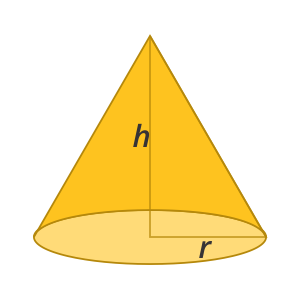The matter is any substance that has mass and takes up space by having volume. All everyday objects that can be touched are ultimately composed of atoms, which are made up of interacting subatomic particles, and in every day as well as scientific usage, "matter" generally includes atoms and anything made up of them, and any particles (or combination of particles) that act as if they have both rest mass and volume.
The matter should not be confused with mass, as the two are not the same in modern physics. The matter is a general term describing any 'physical substance'. By contrast, mass is not a substance but rather a quantitative property of matter and other substances or systems; various types of mass are defined within physics – including but not limited to rest mass, inertial mass, relativistic mass, mass-energy.
A definition of "matter" based on its physical and chemical structure is: matter is made up of atoms.
A definition of "matter" more fine-scale than the atoms and molecules definition is: matter is made up of what atoms and molecules are made of, meaning anything made of positively charged protons, neutral neutrons, and negatively charged electrons.
In bulk, matter can exist in several different forms, or states of aggregation, known as phases, depending on ambient pressure, temperature, and volume. A phase is a form of matter that has a relatively uniform chemical composition and physical properties (such as density, specific heat, refractive index, and so forth).
Phases are sometimes called states of matter, but this term can lead to confusion with thermodynamic states. For example, two gases maintained at different pressures are in different thermodynamic states (different pressures), but in the same phase (both are gases).
States (Phases) of Matter
Solid
- In solids, particles are tightly or closely packed.
- The gaps between the particles are tiny and hence it is tough to compress them.
- Solid has a fixed shape and volume.
- Due to its rigid nature, particles in a solid can only vibrate about their mean position and cannot move.
- The Force of attraction between particles is adamant.
- The rate of diffusion in solids is very low.
- Example: solid ice, sugar, rock, wood, etc.
Liquid
- In a liquid state of matter, particles are less tightly packed as compared to solids.
- Liquids take the shape of the container in which they are kept.
- Liquids are difficult to compress as particles have less space between them to move.
- Liquids have fixed volume but no fixed shape.
- The rate of diffusion in liquids is higher than that of solids.
- The Force of attraction between the particles is weaker than solids.
- Examples: water, milk, blood, coffee, etc.
Gas
- In gases, particles are far apart from each other.
- The Force of attraction between the particles is negligible, and they can move freely.
- Gases have neither a fixed volume nor a fixed shape.
- The gaseous state has the highest compressibility as compared to solids and liquids.
- The rate is diffusion is higher than solids and liquids.
- The kinetic energy of particles is higher than in solids and liquids.
- Examples: air, helium, nitrogen, oxygen, carbon dioxide, etc.
Plasma
- Plasma is a not so generally seen form of matter. Plasma consists of particles with extremely high kinetic energy. Electricity is used to ionize noble gases and make glowing signs, which is essentially plasma.
- Superheated forms of plasma are what stars are.
Bose-Einstein Condensates
- Discovered in 1995, Bose-Einstein condensates were made with the help of advancements in technology.
- Carl Weiman and Eric Cornell cooled a sample of rubidium with the help of magnets and lasers to within a few degrees of absolute zero.
- At the said temperature, the motion of the molecules becomes negligible. As this brings down the kinetic energy, the atoms no longer stay separate, but they begin to clump together. As the atoms join together they form a super-atom.
- Light slows down as it passes through a BEC helping scientists to study more about the nature of light as a wave and particle.
- BEC’s also show properties of a superfluid which implies, it flows without friction.








0 Comments